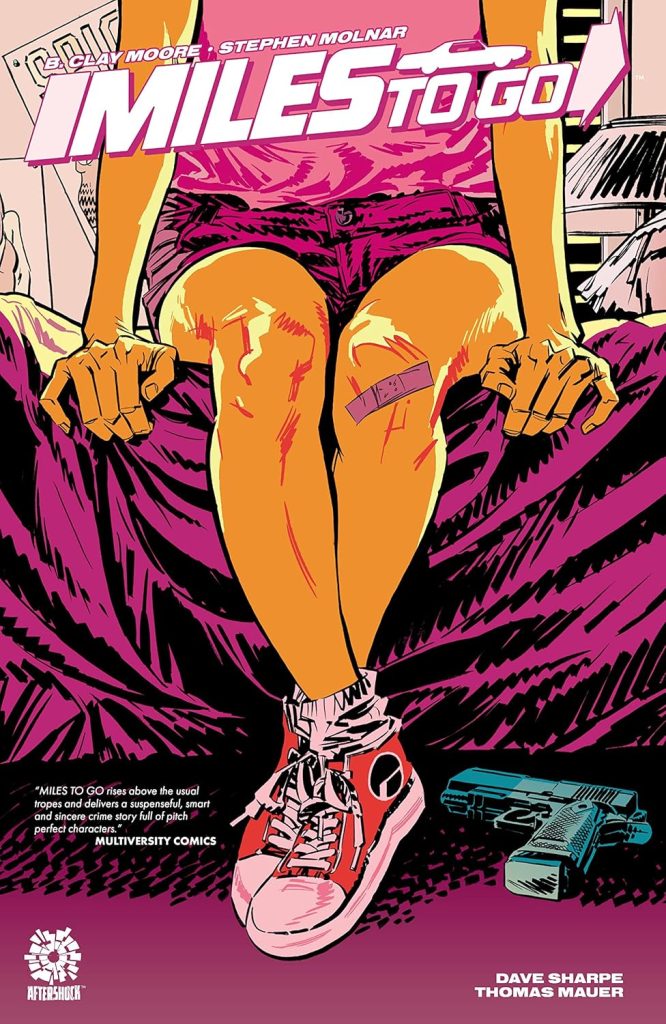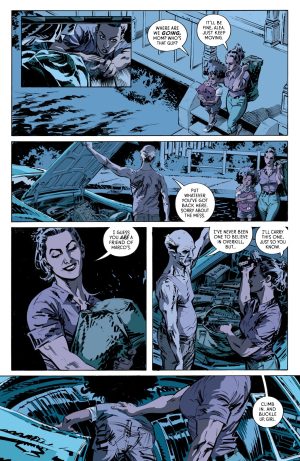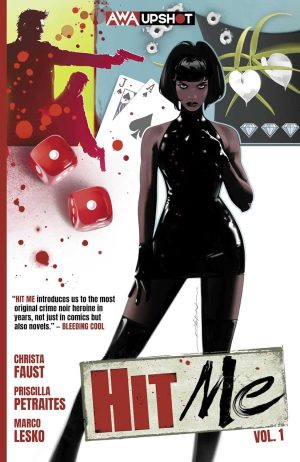Review by Ian Keogh
Miles to Go opens with one hell of a shock as we watch the young teenage Amara Bishop casually murder a man strapped to a chair. That was in the past, and Amara’s now the single mother of a young girl, while Marco, the killer who taught her his hitman’s trade is an old man dying in a nursing home. However, the past has a way of squirming into the present, and Amara has suddenly become a person of interest to the authorities and other extremely nasty folk who shoot first and talk after incapacitation.
From that great hook B. Clay Moore and Stephen Molnar supply an action thriller that lives up to the beginnings. There’s much about Marco she didn’t know, including that his career started along with several other Vietnam vets as off the record assassins for a government agency known as the Icehouse. It’s their activities that have attracted attention, and Moore spreads his plot to encompass everyone associated with former Icehouse members, however innocent they may be. Giving Amara a young daughter focuses the fearful tension.
Molnar illustrates past and present with considerable skill. He doesn’t have a style that attracts attention, but supplies everything in the service of the story, providing a credible world from the people to the hardware. An early example of how good he is occurs during a phone conversation between Amara and her estranged husband when the respective illustrations of their kitchens supplies a precise reckoning of their states of mind.
Past and present combine to give an exact accounting of the cast and the sins they have to pay for, some of which are being paid for in the here and now when regrets play out. The other primary character being named Moses Graves tells its own story on that score. Some characters are immediately revealed for who they are while others take a while to come into their own, but it all makes for a constantly surprising experience.
Moore and Molnar have created one of those stories involving so many variables you won’t believe it can be satisfyingly wrapped up in the final chapter… and it isn’t. That chapter even throws out new questions broadening a plot that remains incomplete. What’s served up is very, very good, but the lack of an ending or continuation is a fatal flaw.





